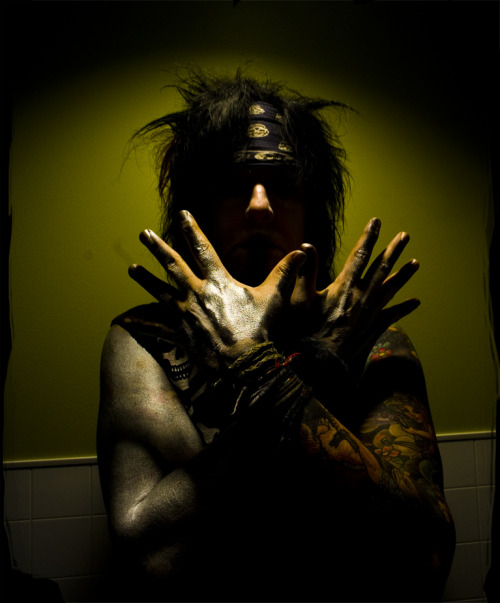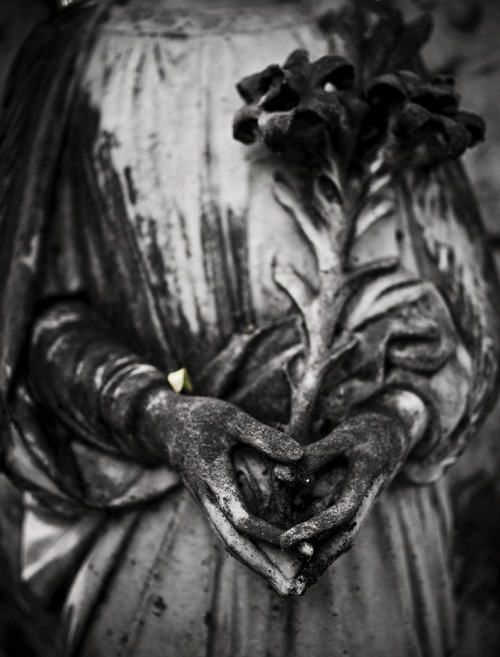The term “rock star” is overused. Everyone from your mom to your khaki-wearing, overfed and aging frat boy co-worker uses the term. Everyone with even the slightest bit of proficiency at whatever it is they do has the term cast upon them now like some sort of honorary title.
If you use or go by the term, stop it! Unless you’re a musician who channels the swagger of Rock Gods – and you know who they are – you are not a “rock star.” In fact, most musicians post-Kurt Cobain are either purposely not rock stars, or are simply incapable of being rock stars. This means that Mumford & Sons are not rock stars. Gwyneth Paltrow’s husband is not a rock star.
(Four Letter Word - Manchester Apollo)
In this landscape devoid of rock stars, Liam Gallagher is a rock star.
No further proof of this was needed than seeing the swaggering manner in which Liam and his new six-piece band Beady Eye took to the stage at DC’s 9:30 Club last night. Entering to a film-projected backdrop of the band’s logo and the trippy instrumental soundtrack of Yellow Tail, the band launched into Four Letter Word, the raucous and slightly ominous opening track from their debut album Different Gear, Still Speeding. Wearing an olive-green overcoat and scarf from his own Pretty Green fashion line, Liam seemed coolly aloof to the fact that part way through the show, he’d sweat through his coat. Not to worry, he had a stack of pearly-white beach towels stacked next to the drum riser. Rock stars are supposed to sweat. The rest of the band looked every bit the proverbial rock stars as well, as they were all decidedly Mod-era Rolling Stones circa 1966. Guitarist Gem Archer even resembled Rubber Soul/Revolver-era McCartney. How appropriate that on this night – the 31st anniversary of John Lennon’s death – the band would play Beatles and Stones as the third song in the set.
In classic Liam fashion, there was very little between-song banter. There were no explanations of what song they would play next or its greater meaning. There were no political messages. There were no canned “We love you, DC” or “We were walking down…U STREET
During the band’s 17-song, hour and fifteen-minute set, they played all but one song – Wind Up Dream - from their album (not sure why it was left off, considering it’s such a swingin’, ‘60s-go-go-girl-doing-the-hippy-hippy-shake sort of tune). The song-appropriate lighting and film projections throughout the show added to the overall T-Rex-meets-‘90s-Brit-Pop vibe of the band as well.
….And now come the two 5,000-pound gorillas casting a 50-foot shadow in the room…Noel Gallagher and Oasis. Was big brother Noel missed? Honestly, no. Certainly, his influence was loud and clear and undeniable in Beady Eye’s more pop-friendly numbers like The Roller and The Beat Goes On. However, the band also seemed to swing and rollick more than they did when Noel was at the helm in songs like Bring The Light and Three Ring Circus. As for the ghost of Oasis, sure, it might’ve been nostalgically cool if the band played Rock and Roll Star or Supersonic or even Champagne Supernova, but this is a new band – albeit, Oasis minus one – and you certainly can’t fault them for wanting to create a separate identity.
With those two bits of business out of the way, Beady Eye is a solid rock band – and a damn good live one at that. The only reason they are not huge stateside is because of the corporate monopoly that limits and strangles American radio – or whatever’s left of it.
I imagine Cartoon Liam would say, “Ya, fook tha ray-d-o. Beady Eye’s a fookin’ great ban’, mate. The alboom’s fookin’ great too, innit? So fookin’ che’ em out!”
I don’t disagree.
















